Wolfsschlucht II
As the German armed forces advanced west in the early summer of 1940, Hitler needed to move his FHQ (Führerhauptquartier) closer to the front. At Margival about ten kilometres northeast of Soissons (100 kilometres northeast of Paris) a suitable location was located next to a 650 m long railway tunnel. The tunnel was perfect as a natural shelter for Hitler’s personal train (Führersonderzug). But before any work had begin, France had capitulated. Two years later, the plans for a headquarter was reactivated ’cause an allied invasion of mainland France was to be expected sometime in the future.
When and where the invasion would occur the germans could not know, but Hitler’s ambition was to lead the defense as close to the front as possible. In the event of an invasion in northern France, Margival was a suitable place. If the Allies instead chose to land on the French Atlantic coast, Saint Rimay, about 250 kilometres southwest of Paris, was considered a suitable place. Saint Rimay was also located next to an existing railway tunnel and had been used in October 1940 when Hitler met with the Vichy regime leader Philippe Petain in Montoire-sur-le-Loir, a few kilometers from Saint Rimay.
The two FHQs came to be called Wolfsschlucht 2 (Margival) and Wolfsschlucht 3 (Saint Rimay), or W2 and W3. At Margival, there were already several air defense systems and other defense facilities in the surroundings, and W2 was placed within them. The most important bunkers were built near the southern tunnel entrance where Hitler’s and OKW’s bunkers were built. Just above Hitler’s bunker was a tee house and a swimming pool. Hitler came to visit W2 only once, June 17, 1944. The day before he had flown from Salzburg to Metz where he spent the night and the next day by car traveled to W2 for a meeting with field marshals Rommel and von Rundstedt to discuss the allied landings in Normandy.
The meeting lasted eight hours and Rommel and Rundstedt tried to get Hitler’s approval to regroup its forces for better defensive positions. But Hitler refused and replied that the positions should be held and that he expected the order to be obeyed. The reason W2 did not become a permanent FHQ was because it was too close to the front and within range of allied air strikes. During Hitler’s visit, he and the other’s had to go to the shelter due to flight alarm, not once, but several times. No attack happened though, and it’s unlikley that the allied knew Hitler was there. That very evening Hitler flew back to Salzburg and from there by car to Berghof, Obersalzberg.
Current status: Preserved (2014).
Location: 49°27'13.39"N 3°24'46.35"E
Get there: Car.
Follow up in books: Seidler, Franz W. & Zeigert, Dieter: Hitler’s secret headquarters (2004).


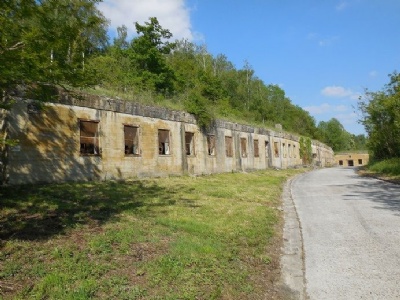
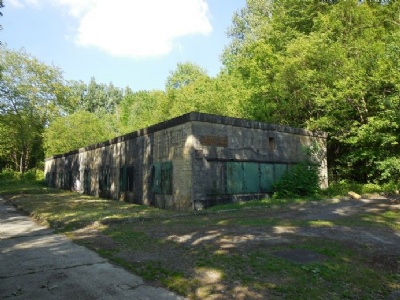
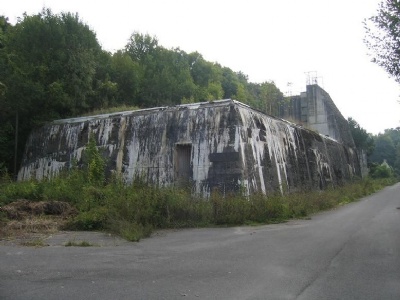
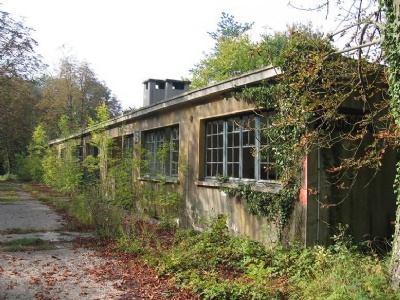
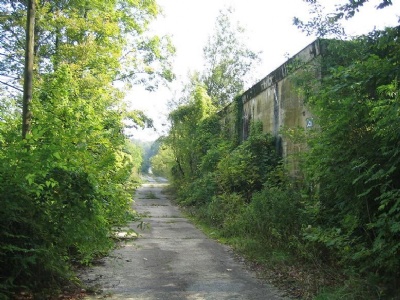
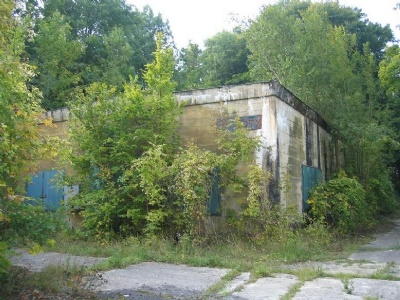
After the war, the bunkers and barracks were taken over by NATO and when France left NATO in the mid sixties, the French army took over the buildings. Nowadays, the French army has also left the area, but the bunkers and barracks remain and most of them can be entered. The exception is Hitler’s bunker, which is locked up after a fire. Inside, however, it’s characterized by decay with debris scattered everywhere. Like FHQ Adlerhorst, I am not aware of any preserved photos from Wolfsschlucht 2 during WW2 period. On the other hand, Hitler did not stop for more than a few hours and there were certainly more important things to do than taking pictures. If you ignore that Hitler visited W2 only once, it’s by far the best preserved FHQ that Hitler used. W2 can be visited on your own, but there is a local organization that have cleaned up some of the area and prepared a visitor loop where Hitler’s bunker and the swimming pool is included.